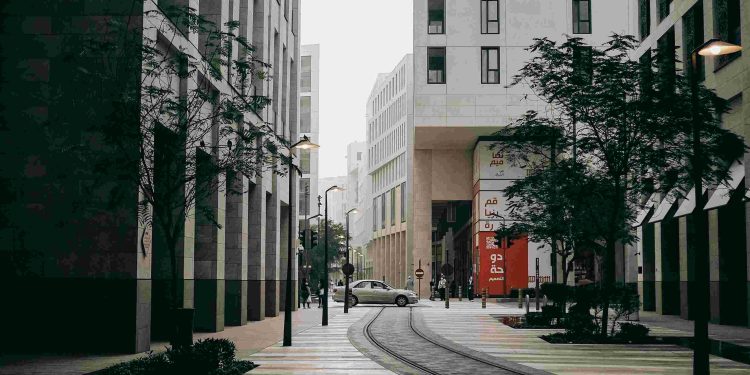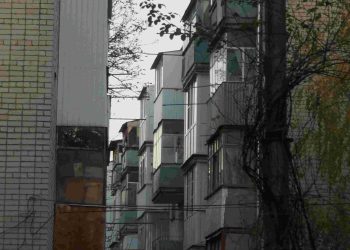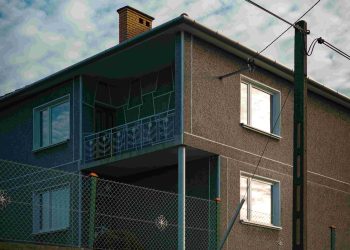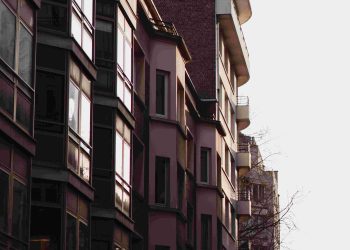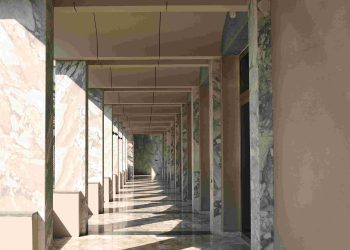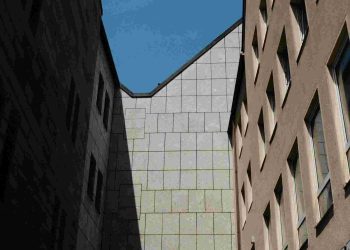Modern Urban Edge Design
Every city tells a story, and the architecture that adorns its streets is the embodiment of that narrative. Yet, the question remains: are we truly capturing the essence of urban life in our designs? Or are we simply replicating a vision that, although familiar, fails to challenge our understanding of what it means to live in the modern world? Boldly, I argue that we’re clinging to outdated models of urban design, and it’s time to redefine the edge—the spaces where innovation, individuality, and identity intersect.
As a young architect in bustling Manhattan, I found myself walking through neighborhoods defined not by seamless creativity but by predictable patterns. Rows of towering glass skyscrapers gleamed with homogenized purpose. I began to see these buildings not as milestones of progress, but as symbols of stagnation—a city that celebrates outward modernity while ignoring the unique edges that define human experience. This observation led me into deep reflection: how can cities celebrate individual stories within a collective framework?
To disrupt conventional thinking, we must question the foundation of urban design standards. Standard wisdom dictates that efficiency and uniformity are paramount. However, such ideals often ignore the emotional and psychological underpinnings of urban human behavior. Psychological studies reveal that humans crave diversity in their environments. A 2017 study by Wandell and colleagues from Stanford University confirms that textured and varied surroundings stimulate cognitive engagement, inspiring creativity. Yet, many urban landscapes remain monotonous, with designs focused purely on function over form.
The concept of “urban edge” is where philosophy, psychology, and business converge. Edge spaces are transitional zones that escape the rigidity of traditional city planning. These are micro-environments—a broken alley redesigned into an art installation, a rooftop transformed into a shared green garden, or even digital installations connecting residents virtually. What makes edge spaces unique is their ability to challenge perception while creating interconnectivity, enriching not just the urban aesthetic but its functionality as well.

Consider Copenhagen’s “Climate Resilient Neighborhoods.” This city has embraced edge thinking by integrating water parks and green spaces as part of urban flood prevention solutions. These aren’t simply design features; they are innovative systems that ensure future adaptability while enhancing city vibrancy. Copenhagen demonstrates that cities can be both utilitarian and intuitively human-centered.
While analyzing future trends, one particularly fascinating development is the intersection of technology with urban design. Augmented Reality (AR) might play a pivotal role in shaping cities. Imagine architectural models overlaid in real-time, allowing collaborative input from residents. Or AI-driven city layouts that adapt depending on cultural shifts or demographic needs. While these ideas may seem futuristic, they showcase the expansive potential for cities grounded not in replication but refinement.
For individuals like you and me, the path to action is clear: advocate for change at both micro and macro levels. Start within your community by proposing diverse local projects that give architectural identity to underserved regions. Utilize public forums and municipal hearings to challenge status quo zoning laws. Most importantly, keep learning. Dive into interdisciplinary knowledge—how might urban optimization borrow from principles of Feng Shui or environmental sustainability frameworks like LEED certification?
Leonardo da Vinci said, “Learning never exhausts the mind.” To innovate urban design, we must remain lifelong students of the world. Ask hard questions, stay brave in your ideas, and dare to believe in designs that speak not only to utility but to the collective human experience. In the end, cities are not machines—they are mirrors for human ambition, connectivity, and soul.

